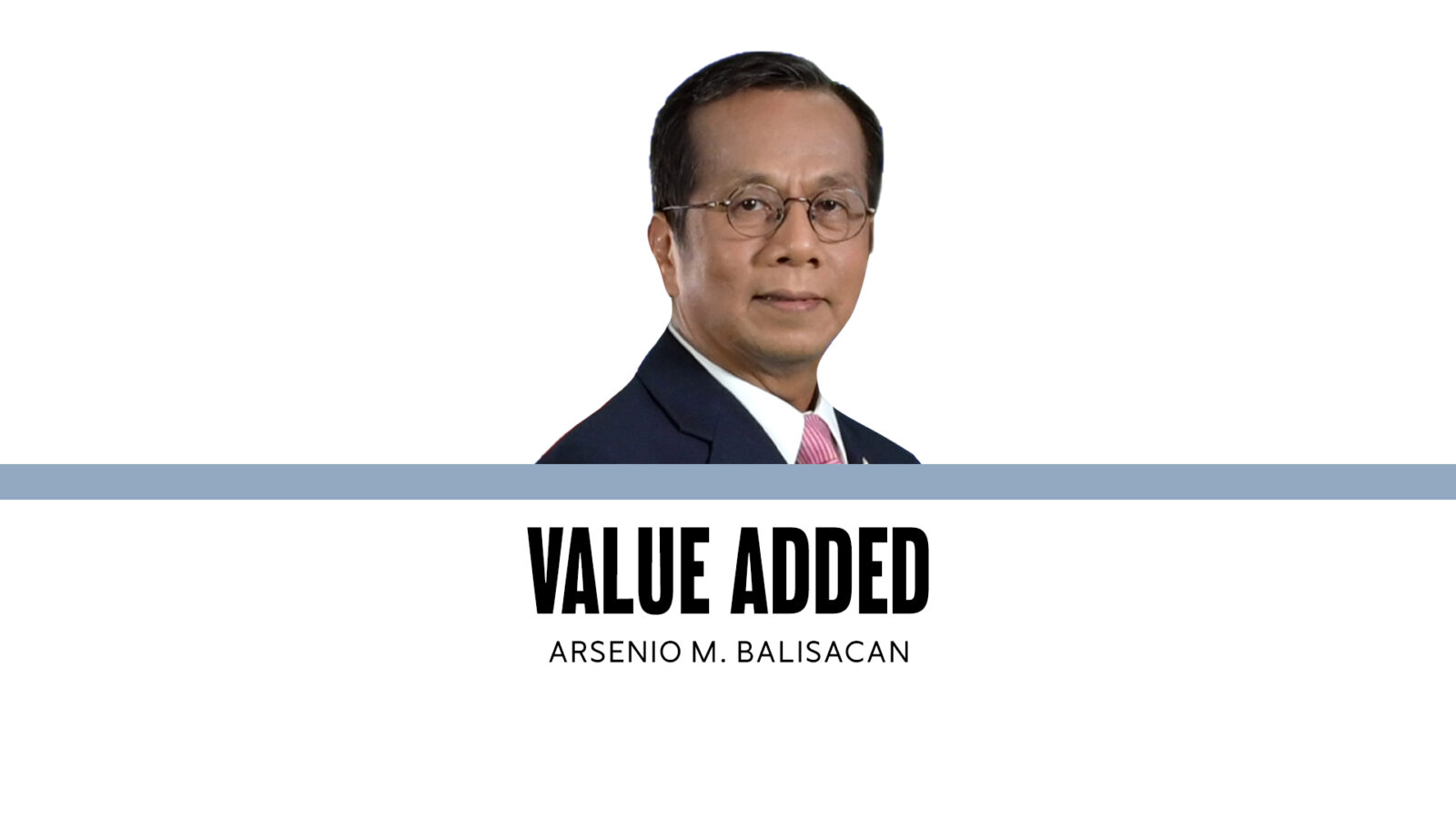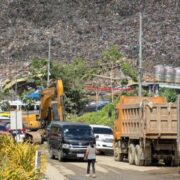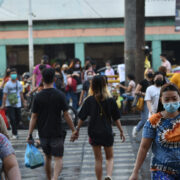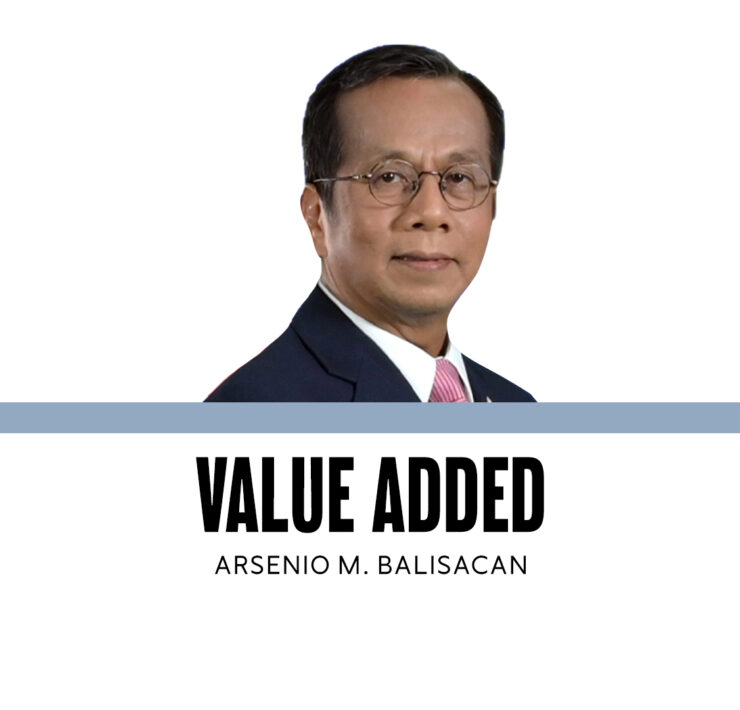On the cusp of upper-middle-income status

The World Bank’s recent update of its country income classifications, based on gross national income (GNI) per capita for 2024, sparked renewed interest, especially since the Philippines narrowly missed its long-anticipated transition to upper-middle-income country (UMIC) status by just $26.
To clarify, GNI is the total income, including income from abroad, earned by a country’s residents. Dividing GNI by the midyear population yields GNI per capita. For comparability, the World Bank converts GNI figures into US dollars using the “Atlas method”—a three-year average of exchange rates adjusted for inflation differences between countries and the global standard.
By this measure, the Philippines’ GNI per capita increased from $4,010 in 2022 to $4,320 in 2023, reaching a record high of $4,470 in 2024. However, the threshold for UMIC classification this year was $4,496. The World Bank adjusts this cutoff annually to account for inflation, ensuring that the income classification thresholds remain fixed in real terms.
Given these trends, a transition to UMIC status is highly likely in 2025. Still, confirmation will only come in July 2026, when the World Bank releases updated estimates and thresholds. Four key variables determine this shift: the country’s income growth, exchange rate movements, domestic inflation relative to global inflation, and the evolving UMIC threshold.
Why does this transition matter? For many, it represents national pride—a symbolic entry into the ranks of East Asian neighbors that reached UMIC or high-income status years ago. The Philippines has remained a lower-middle-income country since the 1980s and is now the only one among the five original Asean members that remains in this category. (Vietnam, not among the original five, is also just shy of the UMIC cutoff.)
For others, the shift carries practical implications. It signals a gradual loss of eligibility for concessional loans and grants from multilateral institutions. As of February 2025, the country’s official development assistance loans totaled P2.53 trillion, accounting for approximately 15.2 percent of the total national government debt.
Yet, consistently rising GNI per capita also reflects solid economic fundamentals. Graduation to UMIC status can signal stronger creditworthiness, improving the Philippines’ sovereign credit ratings. This improvement could lower borrowing costs for both the government and the private sector.
Still, some commentators argue that this milestone holds little relevance for ordinary Filipinos. GNI—or its close relative, gross domestic product (GDP) per capita—is an average and does not capture real-life disparities. It says nothing about who benefits from growth, nor does it reflect access to essentials, such as education, health care, digital connectivity, or decent jobs. Economic inequality persists even in growing economies; hunger and deprivation often coexist with rising national wealth.
But this is not a new critique. Since the early days of development economics, no serious scholar has claimed that average income is a complete measure of welfare. Income indicators are limited, which is why they are complemented by other metrics—such as access to education, public health, and justice—that together provide a fuller picture of human well-being. Policymakers now routinely use such dashboards to shape economic and social strategies.
At the same time, we must not lose sight of history’s clearest lesson: no country has ever achieved lasting prosperity or eradicated poverty in all its dimensions without sustained economic growth. Rising GNI or GDP per capita remains essential—it generates the resources needed to improve all other aspects of life.
History also shows that where good governance and strong institutions take root, economic growth tends to be more resilient, inclusive, and transformative. These societies are better equipped to reduce poverty, address vulnerabilities, and ensure that no one is left behind.
Earlier in this column, I noted the upcoming World Bank report on economic growth and jobs in the Philippines. It highlights that the country’s recent growth is not only among Asia’s fastest but also of a quality seldom seen in the latter half of the 20th century and the early 21st century. Notably, this growth has been more inclusive, with the poorer half of the population seeing proportionately faster income gains than the richer half. Still, the report identifies key areas that need improvement to sustain and elevate this progress.
Achieving UMIC status is a worthy milestone—and it is finally within reach. However, the more challenging task lies ahead: staying there and progressing further toward high-income status. This challenge will require discipline in maintaining sound macroeconomic fundamentals, alongside bold efforts to strengthen institutions and governance.
—————-
Arsenio M. Balisacan is Secretary of the Department of Economy, Planning, and Development (DEPDev). The views expressed here are his own and do not necessarily reflect those of the institutions with which he is affiliated.
—————-
ambalisacan@depdev.gov.ph


















What do we owe our grandchildren?